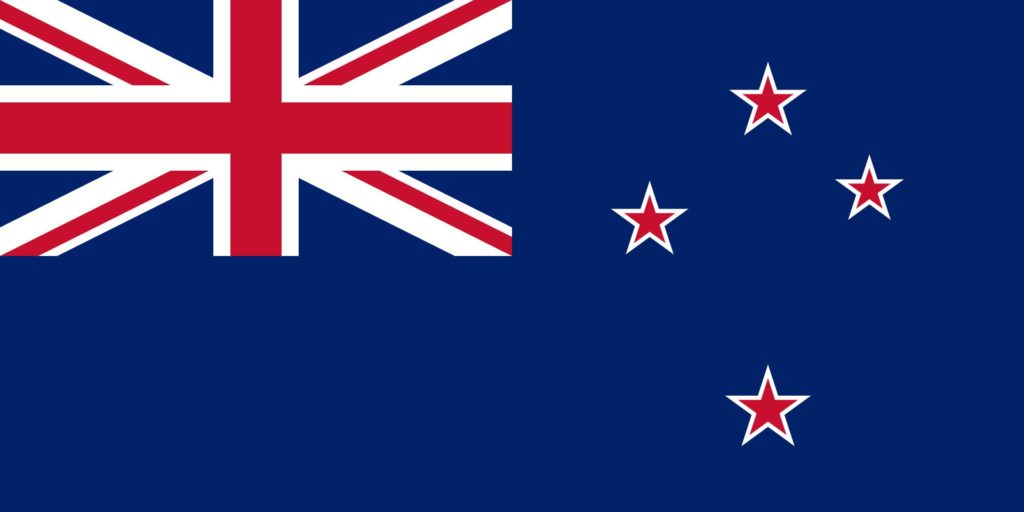Although threats from a worldwide banking crisis add to economic headwinds, central bank of New Zealand is anticipated to moderate the pace of monetary tightening on Wednesday, hiking rates by just 25 basis points.
Investors will carefully read the accompanying commentary for any indications that the tightening cycle may be coming to a halt.
Since its institution in 1999, the Reserve Bank of New Zealand (RBNZ) has implemented the most extreme policy tightening regarding the official cash rate. In order to manage inflation, it has increased the cash rate from 0.25 percent in October 2021 to 4.75 percent and indicated plans for additional increases.
An OPEC+ decision at the weekend to cut production spurred a 5 per cent rally in oil prices and reinforced the price pressures policymakers are confronting.
But since the RBNZ’s policy review in February, when it raised rates by 50 bps, the outlook has turned darker.
In the fourth quarter, the New Zealand economy experienced a 0.6% shrinkage, and bank collapses have rocked international markets while dairy prices have fallen. Signs that migration is picking up will help ease tightness in the labour market, a significant factor in wage inflation.
A poll found 22 of 24 economists surveyed expected the central bank to raise the cash rate by 25 basis points to 5 per cent on Wednesday, which would be the smallest increase since February 2022.
25 Basis point hike
Westpac senior economist Satish Ranchhod said in a note that Westpac was expecting a 25 basis point hike but more importantly would be what the central bank signalled going forward.
“We expect the RBNZ will acknowledge recent downside developments, including the volatility in the global banking system,” Ranchhod said. “Even so, they will continue to emphasise the strength in inflation pressures and leave the door open for further hikes.”
The RBNZ April decision is a review and does not come with a full policy statement. Thus, economists do not expect to see a significant shift in tone until the monetary policy committee meets next in May.
Economists expect the central bank won’t hike as much this year and that rates will peak at 5.25 per cent rather than 5.5 per cent forecast in the February meeting. However, the central bank will not release its forecast track until its meeting in May.
“The (Monetary Policy Review) is a stepping stone between the February and May (Monetary Policy Statement). And it is in May that we expect the RBNZ to pivot,” Kiwibank said in a note.
